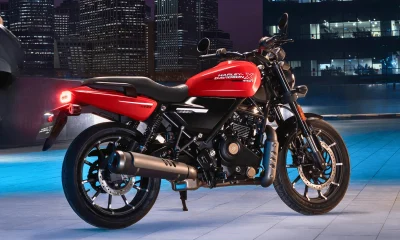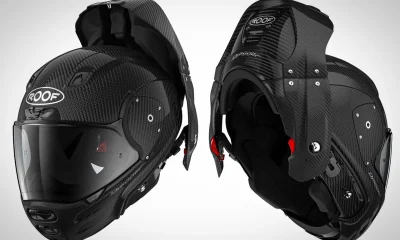Discover Suzuki’s leap into variable valve timing and lift (VVT&L) systems for motorcycles, showcasing their commitment to innovation in engine technology.

Subscribe to our Telegram channel for instant updates!
Variable valve timing and lift (VVT&L) systems were slow to enter the motorcycle market. However, recent developments signal a significant change. Brands like BMW and KTM have adopted this technology, showing continued innovation in internal combustion engines. Suzuki, a key player in the industry, is set to join with its new small-capacity VVT twin patents.
Traditionally, cam-phasing VVT systems have primarily focused on altering valve timing to enhance performance or reduce emissions. However, more advanced systems also manipulate valve lift and duration by employing different cam-lobe profiles.
This technology has trickled down from high-end motorcycles to more affordable options, such as Yamaha’s VVA system, which has been implemented in models like the MT-125 and YZF-R125.

Suzuki’s upcoming venture into VVT&L systems for small-capacity parallel twins builds upon proven concepts already present in the market. The system utilizes a single camshaft with multiple lobes for each cylinder, enabling variable valve lift and duration. Key to this design is a two-part intake valve rocker, controlled by a metal pin that shifts under oil pressure, allowing the engine to switch between cam profiles as needed.
Suzuki’s previous foray into variable valve timing, notably in the GSX-R1000, showcased the company’s innovative prowess. Their mechanical cam-phasing system, leveraging centrifugal force, circumvented MotoGP regulations, earning success both on the track and in road-going superbikes. Additionally, patent filings hint at Suzuki’s exploration of hydraulic cam-phasing systems for future models. This aligns with industry trends adopted by brands like Ducati.

The latest patent shows Suzuki actively refining VVT&L systems for its 248cc parallel-twin engine. This platform, used in Suzuki models and collaborations like with Haojue, fills a market gap for mid-range street bikes. By adding VVT technology to meet emissions standards, Suzuki aims to bridge the gap between smaller and larger motorcycles like the SV650 and V-Strom 650.
In conclusion, Suzuki’s pursuit of variable valve timing and lift systems underscores its commitment to innovation in motorcycle engineering. As the industry evolves and emission regulations tighten, such advancements become increasingly crucial for enhancing performance while meeting environmental standards. With its forthcoming VVT twin and potential expansion of the 250cc lineup, Suzuki reaffirms its position as a leading force in motorcycle technology and market adaptation.































Facebook
Instagram
X (Twitter)
YouTube
LinkedIn
RSS